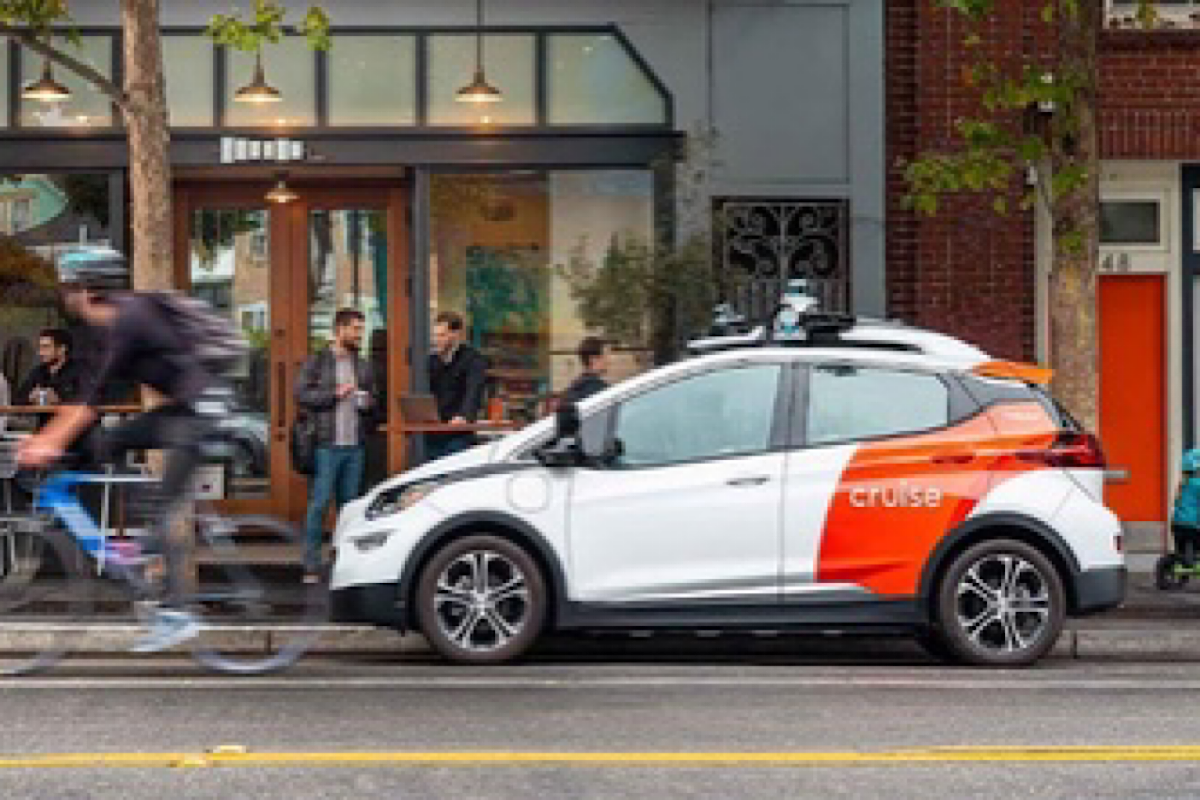World Athletics ratifies world records for Albertson, Ingebrigtsen and Sorokin
World Athletics, the governing body for track and field and road running events, has ratified World records set by CJ Albertson (men's 50km)

EV firm Cruise agrees to reduce robotaxi fleet after crash in US
Cruise, the self-driving car subsidiary of General Motors, has agreed to reduce its fleet after the US regulators told the company to immediately cut its robotaxi fleet by 50 per cent following a crash of one of its EVs with a fire truck.
Cruise said it is cutting its San Francisco robotaxi fleet by half, reports said on Saturday.
The California Department of Motor Vehicles (DMV) is investigating Cruise incidents, and pending the outcome of that, it “reserves the right to suspend or revoke testing and/or deployment permits.”
Advertisement
The regulatory agency told Cruise to have no more than 50 driverless vehicles in operation during the day and 150 driverless vehicles in operation at night, till the investigation is complete, TechCrunch reported.
“Safety of the traveling public is the California DMV’s top priority. The primary focus of the DMV’s regulations is the safe operation of autonomous vehicles and safety of the public who share the road with these vehicles,” the department said in a statement.
In a blog post, Cruise said that while the investigation is going on, “we wanted to provide an update on our preliminary analysis on the incident involving an emergency vehicle colliding with a Cruise AV.”
“The Cruise AV did identify the risk of a collision and initiated a braking maneuver, reducing its speed, but was ultimately unable to avoid the collision,” said the company. During the course of more than 3 million miles of fully autonomous driving in San Francisco, “we’ve seen an enormous number of emergency vehicles – more than 168,000 interactions just in the first seven months of this year alone”, it added.
The automaker said that Cruise AVs have the ability to detect emergency sirens, which increase their ability to operate safely around emergency vehicles and accompanying scenes.
“In this instance, the AV identified the siren as soon as it was distinguishable from the background noise,” said Cruise.
Last week, regulators in California gave the green signal to autonomous car companies Cruise and Waymo to run commercial robotaxi services across San Francisco 24/7.
Advertisement